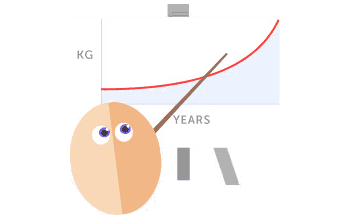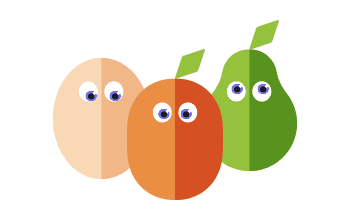26 June 2013. American Journal of Clinical Nutrition.
Participants consumed 2 meals.
1st test meal consisted of low GI CHO. Blood and brain responses noted.
Few days elapsed, then:-
2nd test meal consisted of high GI CHO. Blood and brain responses noted.
The macro nutrient content, texture and taste of both meals was identical, as was calorie count.
Results showed:-
meal 1) satisfied hunger and stabilised blood glucose.
meal 2) increased hunger, stimulated brain for reward and cravings, blood glucose slumped.
I have no idea how to link to this newly published paper, and would appreciate anyone who could provide the link for those interested. I got the original link from Dr Mark Hyman's posting earlier today, 5 Clues to Sugar Addiction, to support his quest to reduce sugar consumption, in particular, but also addressing the poor quality of CHO consumed in the present age.
Participants consumed 2 meals.
1st test meal consisted of low GI CHO. Blood and brain responses noted.
Few days elapsed, then:-
2nd test meal consisted of high GI CHO. Blood and brain responses noted.
The macro nutrient content, texture and taste of both meals was identical, as was calorie count.
Results showed:-
meal 1) satisfied hunger and stabilised blood glucose.
meal 2) increased hunger, stimulated brain for reward and cravings, blood glucose slumped.
I have no idea how to link to this newly published paper, and would appreciate anyone who could provide the link for those interested. I got the original link from Dr Mark Hyman's posting earlier today, 5 Clues to Sugar Addiction, to support his quest to reduce sugar consumption, in particular, but also addressing the poor quality of CHO consumed in the present age.







